Why should you write a newsletter for your crowdsourcing project?
The biggest reason to send a newsletter for your crowdsourcing project is to keep your volunteers motivated and coming back. We live in a busy world, and a gentle reminder that your project exists and is fun to work on can reengage volunteers.
There's lots of ways to write a project newsletter, but I've noticed the best ones often have the following elements:
Introduction
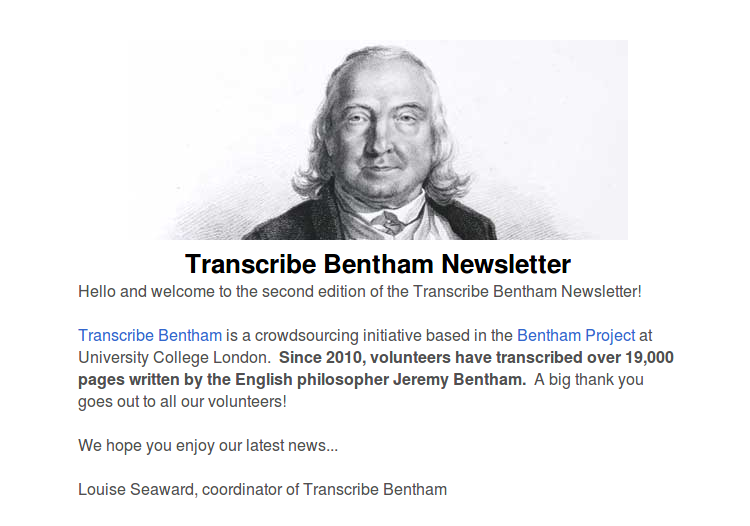
Include a short introduction with a link to your project. Remind recipients why they are getting the newsletter and what your project is.
Statistics & Milestones
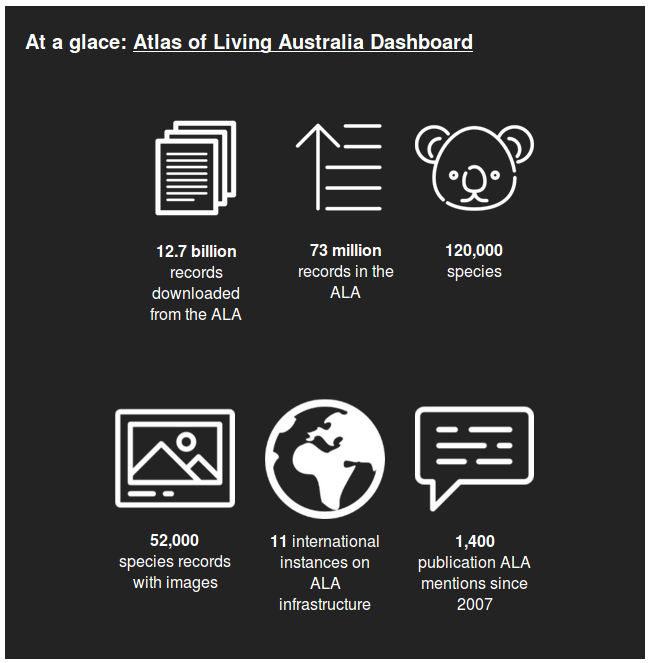
Numbers can be very motivating to many volunteers. You should highlight pages transcribed (and edits and subject linking) based on your project goals. You can find these statistics in the contributor tab in the project in FromThePage.
Another idea -- from the North American Bird Phenology Project -- is to highlight volunteer's personal milestones -- one hundred pages at a time for the first thousand pages, then every thousand:
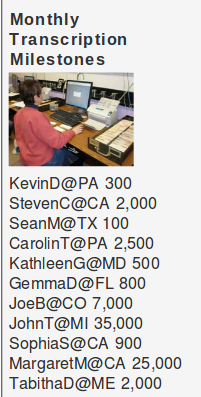
Stories from the content
Stories can bolster your volunteers motivation by supporting a sense of purpose. Have transcribers stumbled across a shipwreck in your lighthouse keeper's logs? Has a public health researcher asked for transcription data to track the affect of volcano eruptions on death rates? Have you created an exhibit using documents and transcriptions? Anything people do with your project transcriptions should be highlighted -- and your volunteers credited!
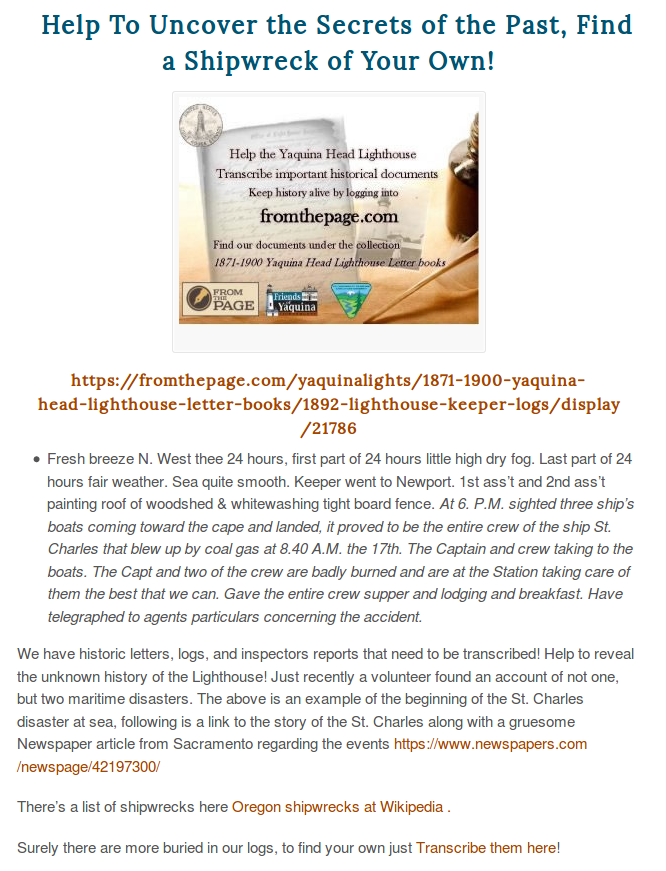
News about the project
New or interesting material, staffing changes, better documentation, bug fixes or new FromThePage features the volunteers would want to know about could all be part of your newsletter.
Volunteer highlights
Volunteers are the heart of any crowdsourcing. Highlighting volunteers and their work shows you value it and helps build community. Ask one of your active volunteers to write a short paragraph with their background and why they participate -- include a picture if you can!
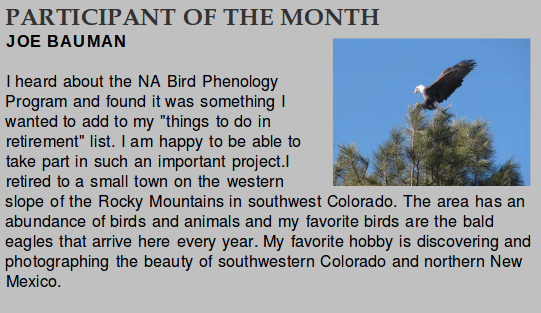
A call to action
Nothing motivates like a goal! If you can identity a part of your project that is nearing completion you can highlight "We only have 50 more pages to complete Project Y. Can you help by transcribing or reviewing?" (If you need help finding links to "pages needing transcription" or "pages needing review" for your project, send support@fromthepage.com an email.) If you have a group of engaged and motivated volunteers already, you might have success with an audacious goal that challenges them to really engage and transcribe. Either way, if you set a goal and your volunteers acheive it, make sure to celebrate it on social media and in your next newsletter.
Every newsletter should also have a call to include others in the project. "Have friends who would enjoy our project? Send this to them!"
The logistics
If you don't have all of the pieces above every month, that's OK! The goal is not to send a perfect newsletter, but to send one and start connecting with your volunteers.
While it's fine to send project newsletters from your personal email client, MailChimp or TinyLetter offer templates and list management, and are free for up to 2000 subscribers. MailChimp will also walk you through creating and sending your newsletters. I strongly recommend that any responses to your newsletter go directly to the transcription project manager. Talking to your volunteers is a great way to make sure your project is giving them the best experience you can. (And if it's something FromThePage can help with, let us know!)
We recommend sending monthly newsletters, but if your project is very active, or you are working hard to grow your volunteer engagement, weekly works too. If you miss a month, or find yourself too busy to send a regular newsletter, send one whenever you can. Don't let the perfect be the enemy of the good. Some FromThePage project owners have interns work on volunteer engagement, and writing a newsletter might be a good project to spin off to an intern, especially after you've send the first two or three to understand the process.
Need some examples?
My favorite crowdsourcing newsletter is from the North American Bird Phrenology Project, which ran from 2008-2015. Their newsletter changed over the years, but you can see the final iteration here. You can also browse all 7 years of newsletters.
Transcribe Bentham puts out a newsletter, and you can browse their archive.
Here's an example from the Atlas of Living Australia.
